
The commander pulls an April Fools' Day prank on the crew – Commander's Report: lunar day 2
For the Selene V crew, initiation began with an elaborate April fools' prank prepared by the mission's commander and the previous crew at HI-SEAS, Selene IV.
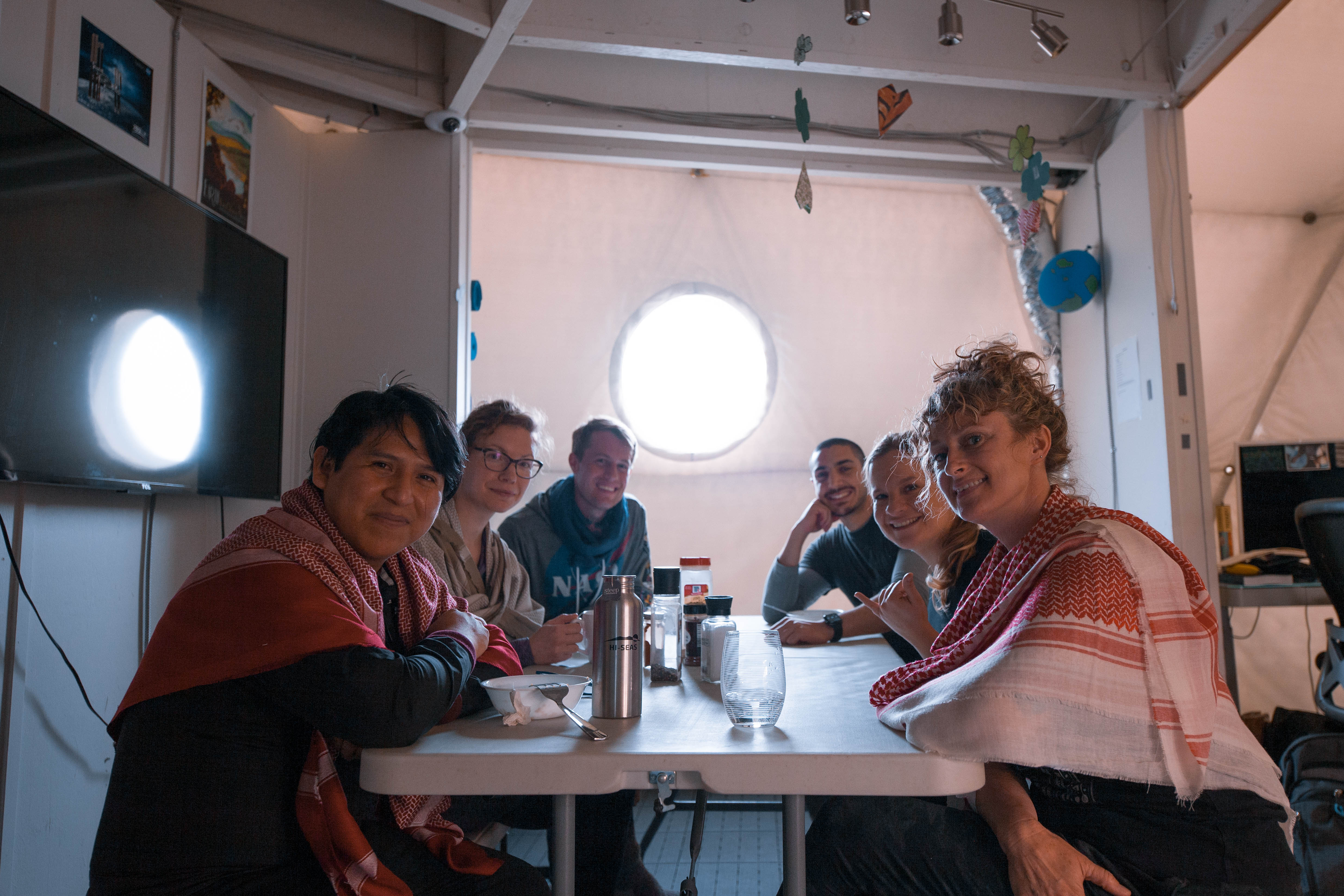
Dr. Michaela Musilova is the director of Hawaii Space Exploration Analog and Simulation (HI-SEAS) program, which conducts analog missions to the moon and Mars for scientific research at a habitat on the volcano Mauna Loa. Currently, she is in command of the two-week Selene V lunar mission and contributed this report to Space.com's Expert Voices: Op-Ed & Insights.
Commander's report for the Selene V moon mission at HI-SEAS
Lunar day 2 (April 1, 2021)
"April Fools!" I exclaimed to my crew, who were shocked, but not impressed. I had just played a prank on the newbies on day two of our simulated lunar mission. I consider the prank a sort of initiation for the crew. If it wasn't the first day of April on "Earth," then I probably would have initiated them a different way.
Let's just say that the crew got an early wakeup call this morning when different habitat systems started beeping loudly. I was very pleased with their reaction, as none of them panicked and they all proceeded to check on our systems calmly and carefully.
The previous crew at HI-SEAS, Selene IV, left some pranks behind for the new crew as well. One such "prank" was a scavenger hunt of paper shamrocks with clues on them. The clues will ultimately lead crew members to the famous HI-SEAS "Easter egg," which is a collection of fun videos, memes, recipes and other useful (and hilarious) information that crews pass down to each other.
Related: The Valoria 2 crew turns to the 'dark side,' changing HI-SEAS into Horror-SEAS
Get the Space.com Newsletter
Breaking space news, the latest updates on rocket launches, skywatching events and more!
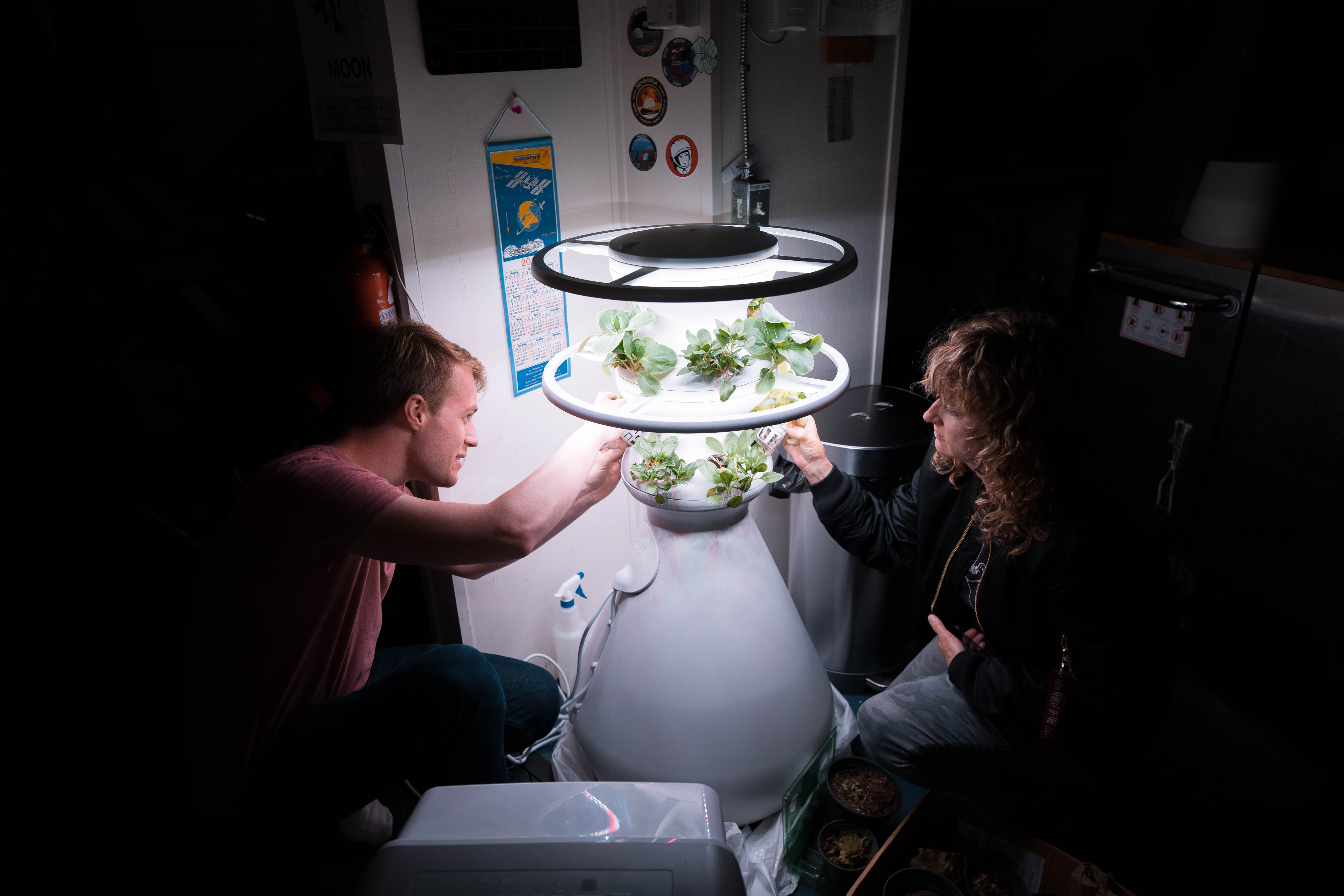
The "Easter egg" includes a huge collection of surprises and memories from the almost 30 analog space missions that I have run at HI-SEAS since 2018. The scavenger hunt to the "Easter egg" involves going on a moonwalk and finding the treasure within a lava field. So, the Selene V crew will need to go through their entire mission and systems training, which I will be giving them before they'll be able to go search for it.
My favorite part of the prank from Selene IV was the "rude shamrocks," as my Selene V crewmembers called them. These are shamrocks inscribed with misleading information, with some having some have rather bad-mannered messages on them as well. The most polite one of these "rude" notes said, "you didn't think that we would make it easy did you?" Selene V is now plotting a comeback after all of the teasing. (I'm sure these hijinks will make a great addition to the Easter egg's contents — it will probably also end up attached to a cheeky email to the Selene IV crew.)
After the excitement calmed down a bit, the crew dove into setting up their individual experiments. One of the experiments that generated a lot of entertainment was Crew Engineer Sean Gellenbeck's mushroom and algal culture project. Sean is a Ph.D. student at the University of Arizona studying biosystems engineering and he also works as an engineer with Paragon Space Development Corporation. During the mission, he will be conducting research on the gas exchange between a mushroom culture and an algal culture for space mission applications.
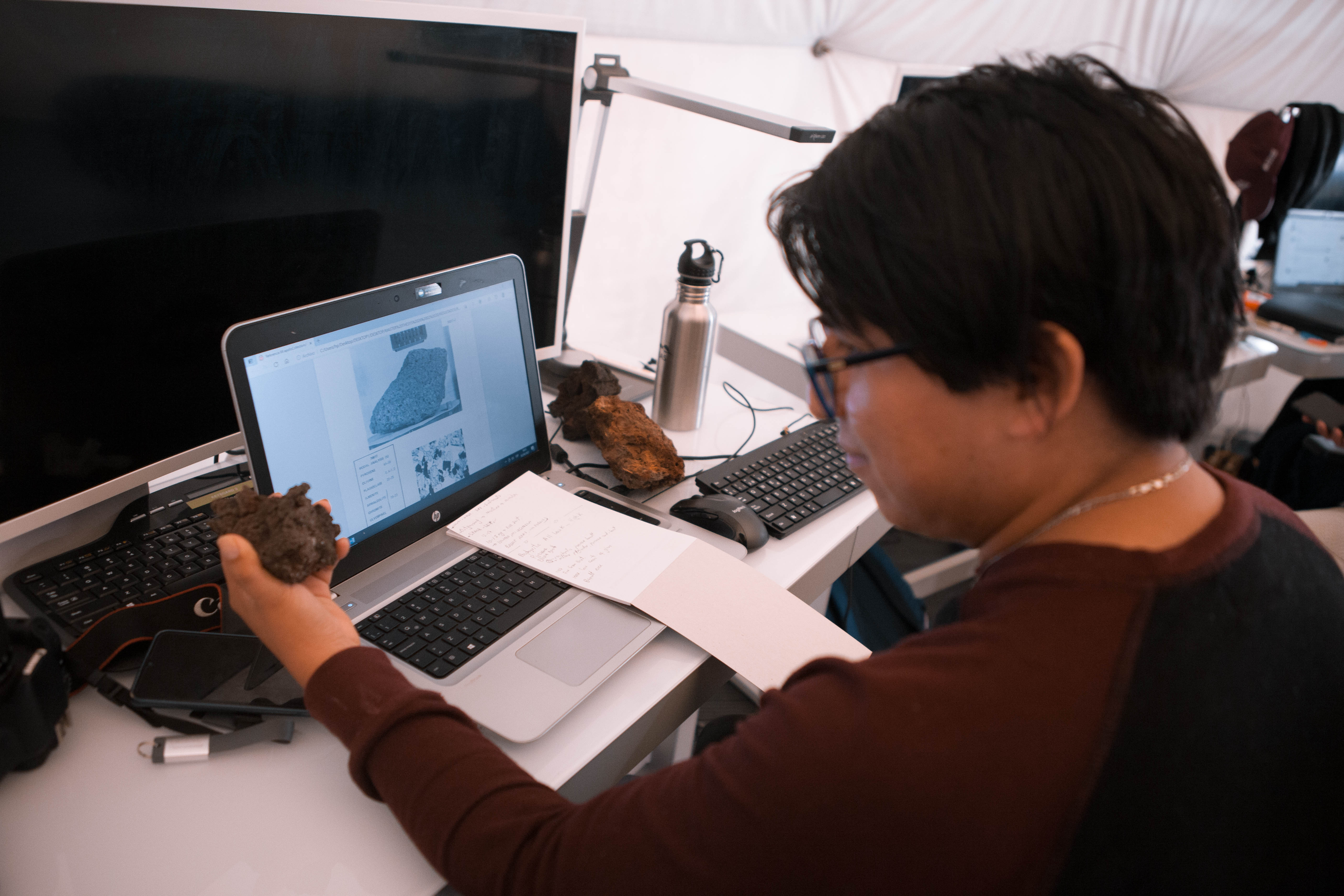
At the start of the experiment, Sean needed to stab the mushroom cultures to stimulate their growth. The whole crew anticipated that this would look like something from a horror movie. Instead, it looked more like Sean was poking a bag with a stick — anticlimactic. My crewmembers expressed that they were hoping to release some pent-up negative energy with the mushroom stabbing but, instead, it turned out to be a "gentle stabbing."
Another experiment that caught the crew's attention was Science Communication Officer Bader Al Moulah's simulated surgical procedure, which they conducted with guidance from "Earth." Bader is an architectural engineer and architect from Kuwait whose research at HI-SEAS focuses on creating a surgical readiness curriculum for astronauts in training. He will be performing simulated surgical procedures on our lunar analog mission in collaboration with the organizations SurgQ8 and Ignition.
During our mission, we will also have two crewmembers working on projects related to sound. Crew Biology Officer Dr. Brandy Nunez will be conducting acoustic sound studies in lava caves near HI-SEAS as well as composing her own modular synth music while on mission. On "Earth," Brandy is a practicing veterinarian and a microbiologist who aspires to be an astronaut. She will also be doing a pilot study at HI-SEAS in collaboration with the company Mission Space Foods.
Related: The purge of the HI-SEAS habitat — Commander's report: lunar day 2
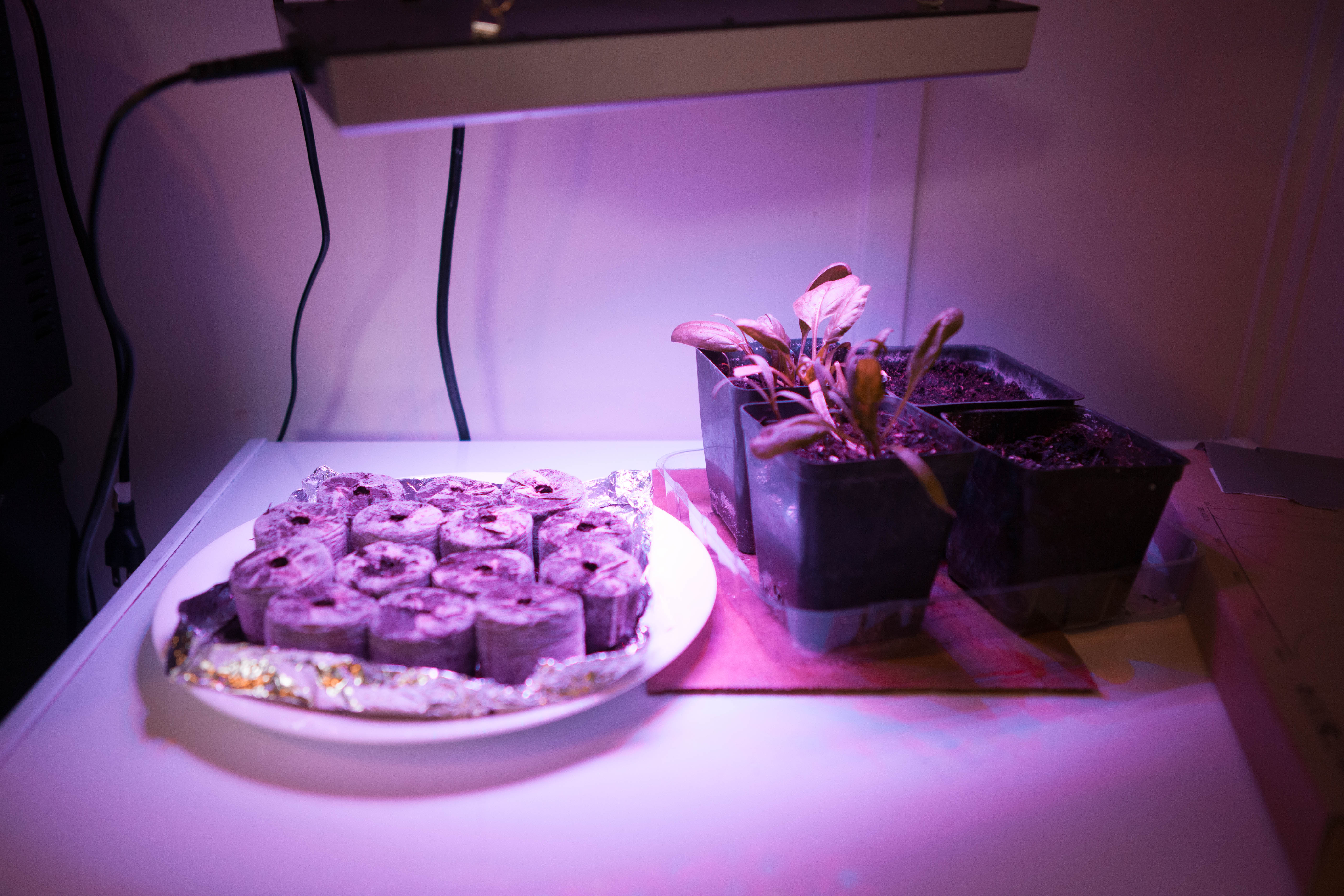
Crew Operations Officer Dr. Lindsey Kishline will be investigating how the brain puts together complex audio-visual information. This research will be, in part, a continuation of her Ph.D. work at the University of Washington in the Laboratory for Auditory Brain Sciences & Neuroengineering. At HI-SEAS, Lindsey will be focusing on evaluating the spatial and temporal components of audio and visual information presented in helmet displays. She'll use the data for applications to astronaut-specific augmented reality information displays.
Space Resources Officer Gustavo Jamanca-Lino will be conducting an experiment that will require multiple moonwalks. Gustavo, who is from Peru, is a master's student in space resources at the Colorado School of Mines. During our mission, he will be exploring the analog lunar lava around our habitat in order to measure its mechanical properties. Gustavo will also be comparing this data to data about lunar rocks for possible future application during space mining and civil construction on the moon.
I, Commander Dr. Michaela Musilova, will be commanding my fifth mission this year so far with Selene V. This is also almost the 30th simulated lunar or martian mission that I have led as a commander. On "Earth" I'm an astrobiologist and I serve as director of the HI-SEAS analog space research station. As the commander of a mission, my main objective is to make sure the crew performs all of their mission tasks and all get along together (and, occasionally, I prank them).
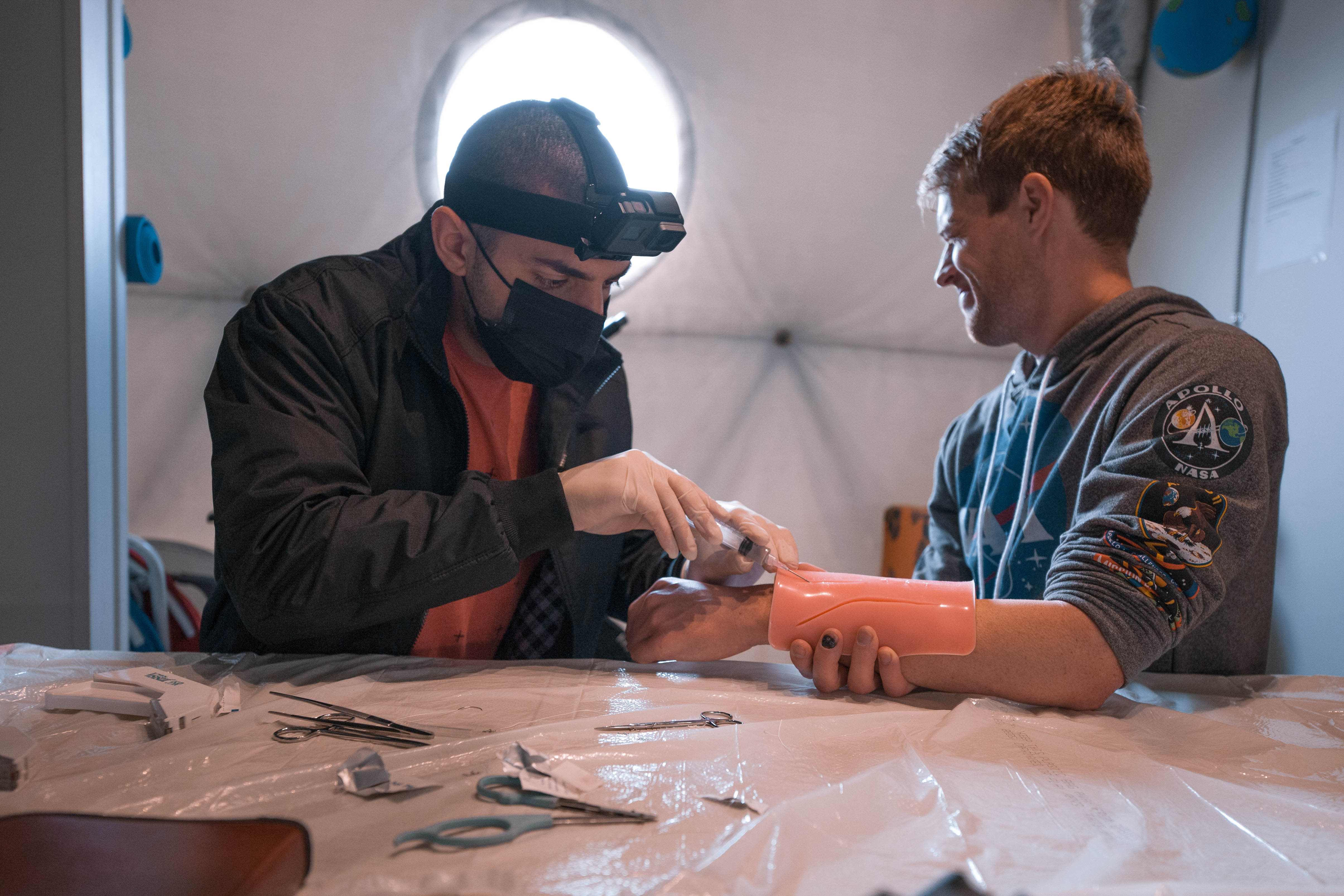
My personal research projects for Selene V focus on studying life in extreme environments (extremophiles), like the organisms that live in the lava caves near HI-SEAS. We have been performing a number of different types of research projects in these lava caves with the goal of understanding how extremophiles survive in those challenging environments. With my collaborators at NASA Goddard, we're hoping that this work will help us to better understand if similar organisms could survive on Mars today or whether or not they could have lived there in the past. I also work on a variety of outreach projects with the goal of making space research and exploration more accessible to the public.
Commander Musilova signing off to finish the initiation of the Selene V crew. There is still a lot they need to learn to survive on the moon, but I'm sure that they'll do just fine. Still, I have many more tricks up my sleeve to test their abilities to work as a team and to solve any problems that may come their way.
Follow Michaela Musilova on Twitter @astro_Michaela. Follow us on Twitter @Spacedotcom and on Facebook.
Join our Space Forums to keep talking space on the latest missions, night sky and more! And if you have a news tip, correction or comment, let us know at: community@space.com.
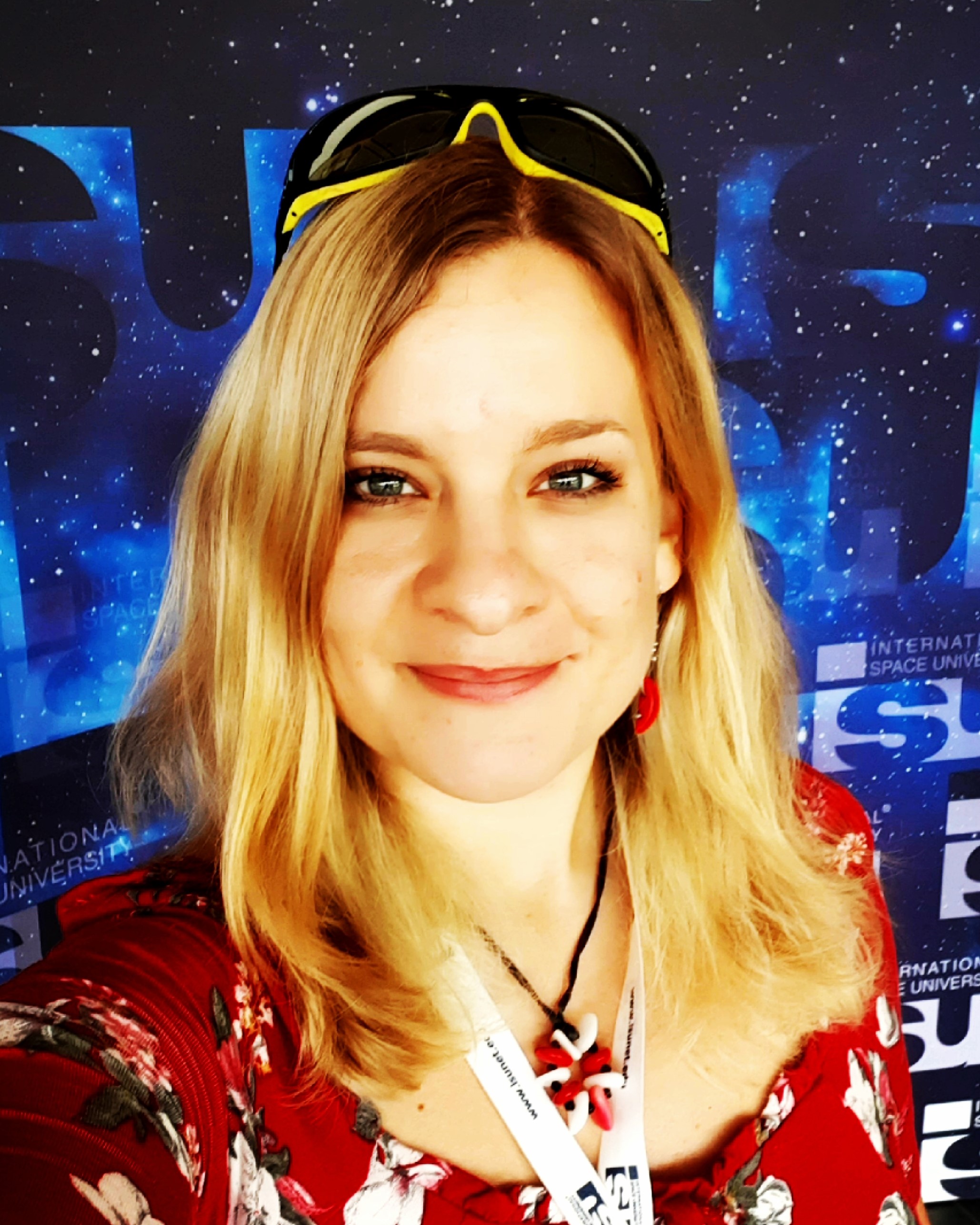
Dr. Michaela Musilova is an astrobiologist with a focus on life in extreme environments. She has a PhD degree from the University of Bristol and is a graduate from the International Space University's (ISU) Space Studies Program. Michaela's space research experience includes working at the NASA Jet Propulsion Laboratory, University of London Observatory, Canada-France-Hawaii Telescope, on NASA's and the U.K. Space Agency's MoonLite project, being an analogue astronaut and Commander of numerous simulated missions to the moon and Mars at the HI-SEAS station in Hawaii, and at the Mars Desert Research Station in Utah. Michaela is currently the Director of HI-SEAS, as part of the International MoonBase Alliance. She is also a visiting Professor at the Slovak University of Technology, Vice-Chair of the Slovak Organisation for Space Activities, Adjunct Faculty at ISU and the Senior Research Adviser for Mission Control Space Services Inc.
She has received numerous prizes and grants, including the Emerging Space Leaders Grant from the International Astronautical Federation (2016) and the Women in Aerospace – Europe Young Professional Award (2016), and she was selected as one of the most promising 30 under 30 by Forbes Slovakia (2015). Michaela is also actively involved in the Duke of Edinburgh's International Award, as a patron of the program in Slovakia and an Emerging Leader Representative for Europe, Mediterranean and Arab states. Furthermore, she enjoys participating in STEAM outreach activities from teaching at schools, giving public presentations, to working with the media and more, as well as encouraging people to pursue their dreams. For instance, she is an Advisory Board Member of the STEM Punks immersive programs for students and teachers.









